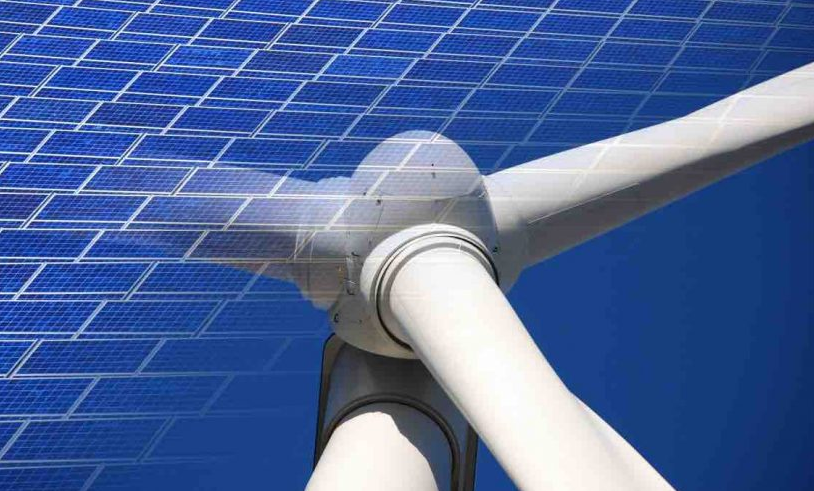The huge wind and solar project planned for the Pilbara region of West Australian has grown in scope again – and will now aim to build 15GW of wind and solar capacity as it focuses on encouraging local industry and the “green” hydrogen domestic and export market.

The project, known as the Asia Renewable Energy Hub, is backed by CWP Renewables, Macquarie Group, and the world’s biggest wind turbine manufacturer Vestas. It had originally aimed for 9GW,but with more studies it grew to 11GW late last year and now to 15GW.
That represents some $30 billion in investment and the potential to generate some 50 terrawatt hours of electricity a year, roughly equivalent to one fifth of the country’s annual electricity consumption, and about twice the current capacity of installed large-scale wind and solar.
The Pilbara project is positioning itself to be in prime position as the green hydrogen export market takes off over the next decade and two, targeting a renaissance of Australian industry based on cheap and clean power, and also power-hungry north Asia economies such as Japan and South Korea who have limited domestic renewable energy sources and want to wean themselves off fossil fuel imports.
CWP Renewables development manager Andrew Dickson says the upgrade in scale follows further studies into the resource, and how the site can be optimised. The consortium had hinted at such a development earlier this year.
“We can produce more green hydrogen with more electricity, for local and export markets,” Dickson told RenewEconomy. “We believe the market for green hydrogen will grow very large over time, and we’re ideally placed to deliver to that market”
Dickson says the AREH consortium anticipates reaching financial close in 2023, and expects to deliver the project in phases over 10 years, dependent on securing off-takes for either green electricity and/or green hydrogen.
Interest in green hydrogen is growing rapidly, even if there are conflicting views about the ability of Australia to compete.
A recent McKinsey study suggested that while the cost of electrolysers – the key technology to transform wind and solar power into hydrogen – was likely to fall dramatically over the next decade, Australia could be hampered by the cost of transport and handling, which would be the same again.
That has led some to suggest that while green hydrogen exports may be a good idea, it could be equally smart to use Australia’s cheap wind and solar power to encourage domestic industries, using clean and cheap power for refiners, smelting and manufacturing.
The chief scientist Alan Finkel is leading a team that is putting together a national hydrogen strategy that he plans to deliver to state and federal energy ministers later this year – presuming federal energy minister Angus Taylor ever gets round to calling a COAG meeting.
That national strategy will focus on all aspects of the hydrogen economy, including storage and transport, but is also likely to focus on the potential of green hydrogen exports and domestic manufacturing, powered by arrays of wind and solar that could be, like Pilbara, at scales of more than 10GW.
The International Energy Agency presented a hydrogen road map report to the G20 meeting last week, in which it cited the Pilbara project, noting that it planned – before the mooted expansion – to install 7.5GW of wind energy and 3.5GW of solar, with much of it going to hydrogen from domestic consumption and export.
“Several other projects to produce hydrogen from dedicated renewable resources in various parts of the world are in preparation or have been announced,” the IEA noted.
“In areas where both resources are excellent, combining solar PV and onshore wind in a hybrid plant has the potential to lower costs further.”
Unfortunately, fossil fuel developers are also interested in hydrogen, and the federal and Victoria state governments last year promised a combined $100 million to help fund a Japanese-led project to use brown coal, or lignite, to produce hydrogen in the Latrobe Valley.
That $500 million project will produce just 3 tonnes of hydrogen for export, but it is generally thought that making hydrogen from fossil fuels through a technology based around steam reforming, will remain cheaper than renewables and electrolysers, at least in the short term, but will lead to a huge increase in emissions.